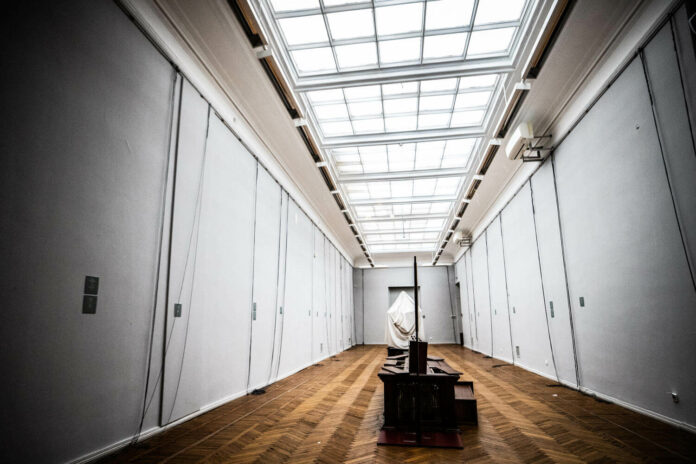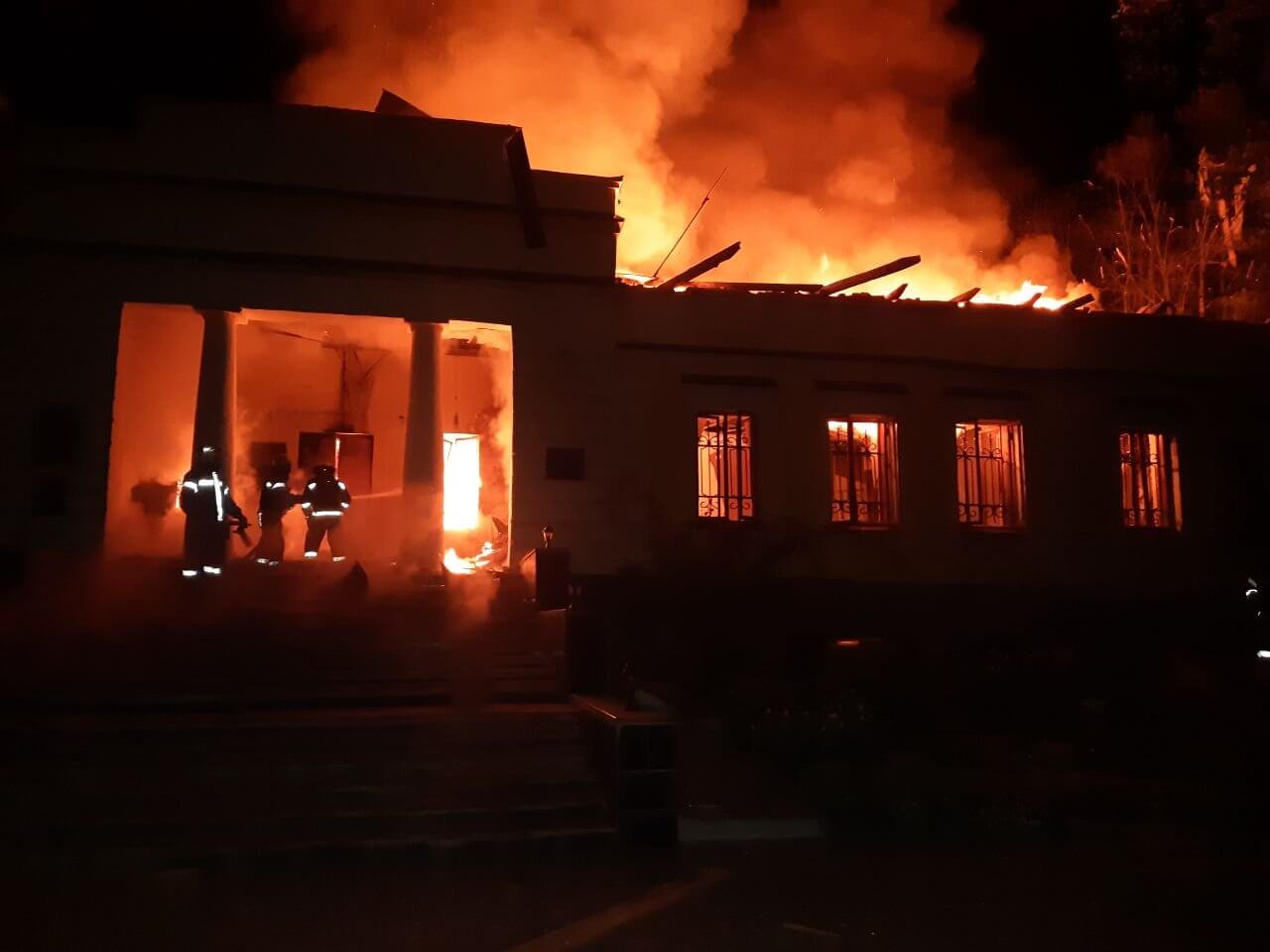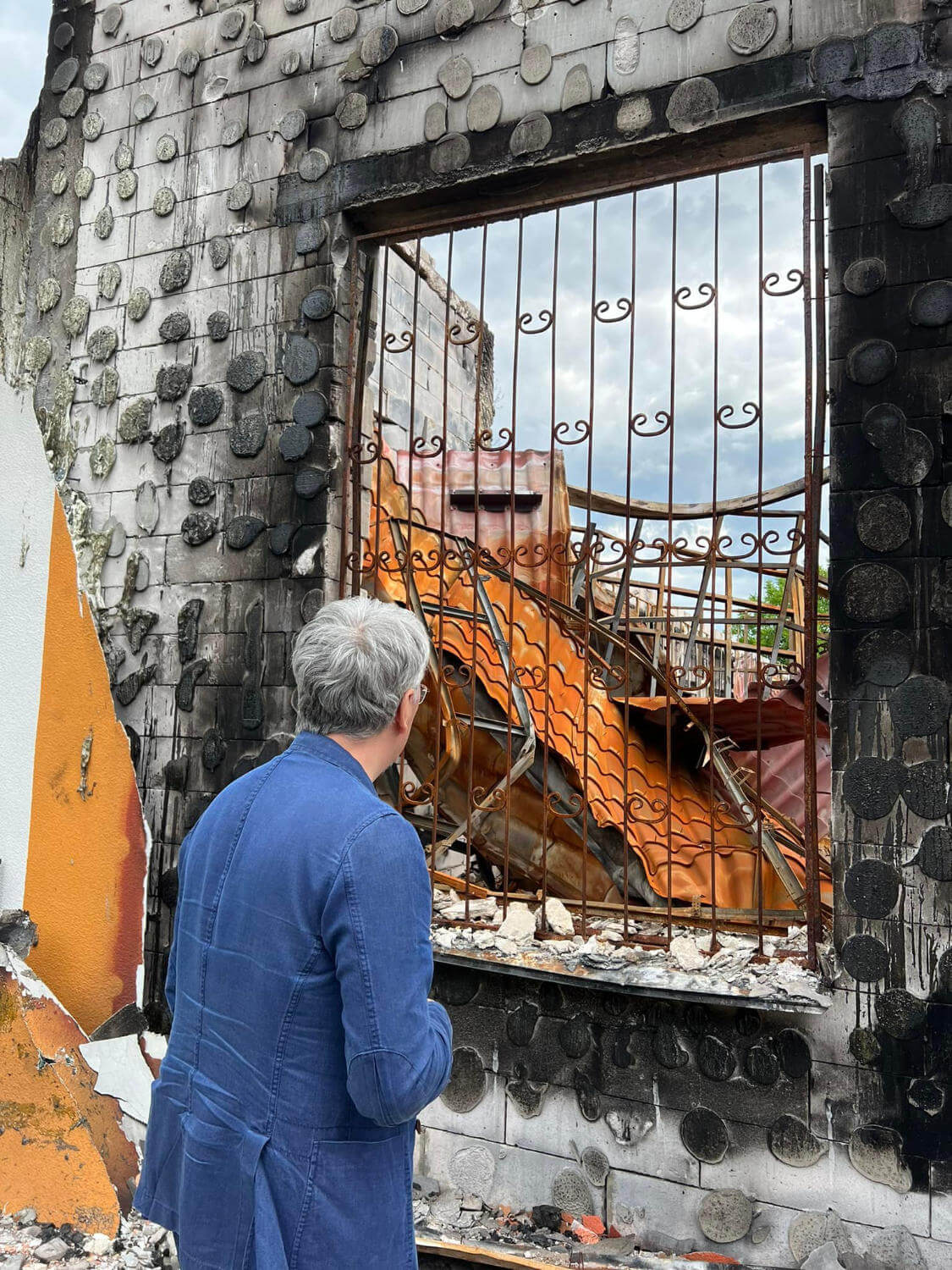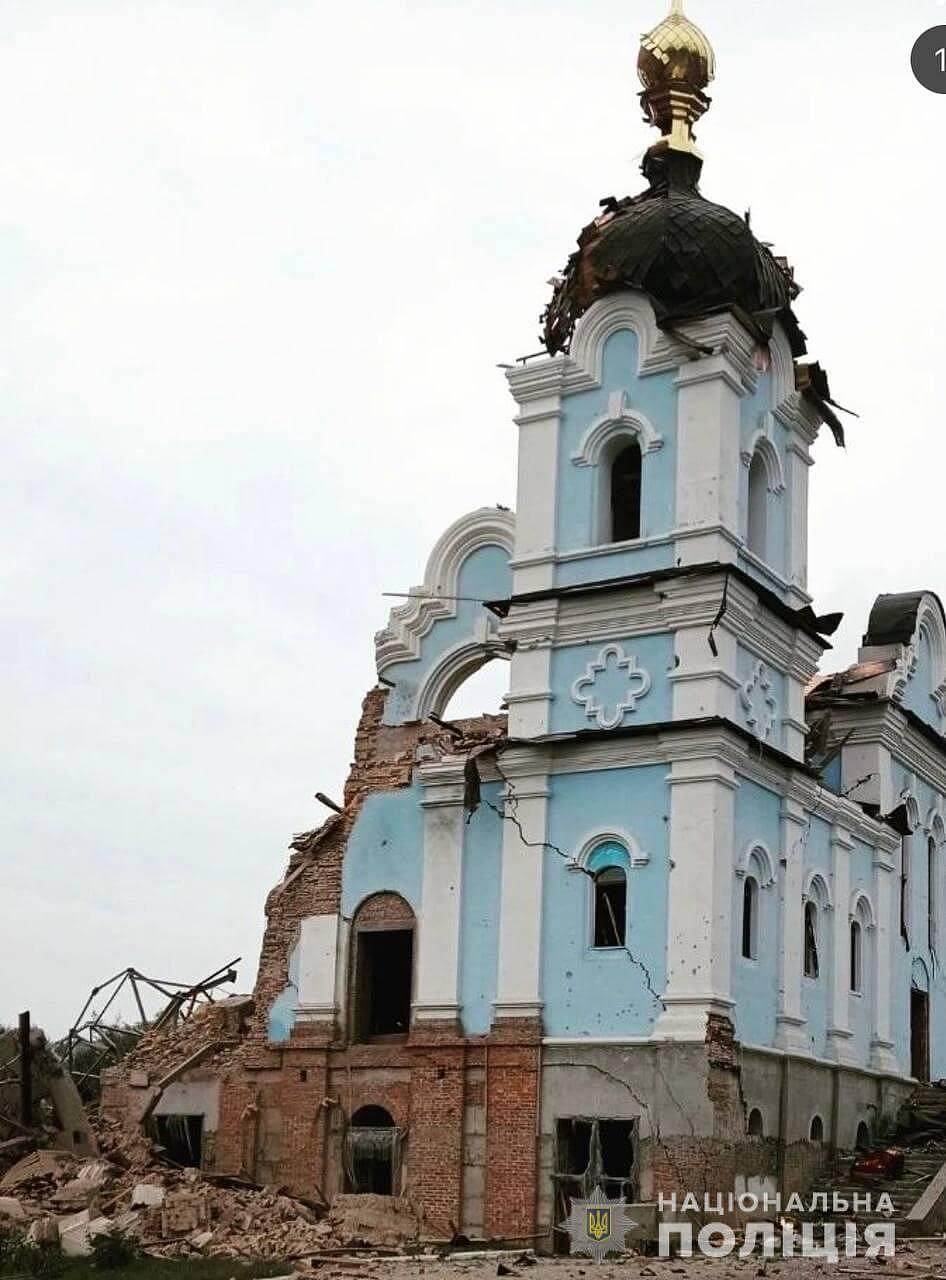Note: The information in the following article mainly comes from Ukrainian sources and thus from a warring party. At the moment, it can only be independently verified to a limited extent.
On Tuesday, 10 October 2022, Russian missiles struck city centres across Ukraine. It were the most severe attacks of this kind since June. For the first time in months, there were civilian casualties in Kyiv.
War has now been raging in Ukraine for almost 8 months. It is a war characterized by brutal and ruthless actions of Russian forces against civilians. Russian missiles and artillery have reduced entire neighbourhoods to rubble. In the process, cultural institutions – museums, churches, libraries: Ukraine’s cultural heritage – repeatedly went up in flames alongside residential buildings, hospitals and factories. On 5 October 2022, UNESCO records listed 199 completely or partially destroyed cultural institutions in Ukraine. They include: 84 religious buildings, 37 historical sites, 37 cultural sites, 18 monuments, 13 museums and 10 libraries. Somefigures from Ukrainian sources are significantly higher.
In the Ukrainian regions that are occupied by Russia, Ukrainian cultural heritage faces another threat: looting. Time and again, there have been reports of the extent to which Russian soldiers are looting in Ukraine, stating that they take food, computers, even washing machines. But this doesn’t seem to be the kind of looting that museums in occupied territories are suffering. It is said that there are official looting squads organized by Russia that sift through museums and take valuable objects.
At the beginning of this week, Ukraine’s Minister of Culture, Oleksandr Tkachenko, stated that thousands of objects from about 40 Ukrainian museums have been taken so far. As an outstanding example he mentioned a valuable 1500-year-old golden tiara from the age of Attila the Hun. It was found in 1948 in a Hun burial chamber and is said to be one of only a few pieces of its kind.
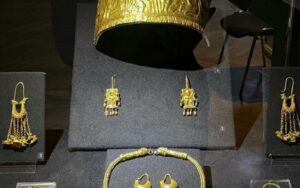
Melitopol
The stolen tiara had been kept at the Museum of Local History in Melitopol. As early as in May, there were reports of Russian soldiers taking about 200 objects from the museum, including Scythian gold artifacts. As Museum Director Leila Ibrahimova told the New York Times, soldiers had kidnapped a museum employee. At gunpoint, they made her tell where the objects were stored that had previously been hidden from the invaders in the museum’s basement. The museum director herself had also been abducted by Russian soldiers for some time. By now, more than 1700 exhibits are said to have been stolen from the Melitpol museum alone.
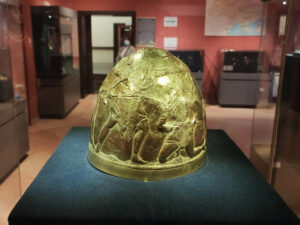
A Contentious Issue: Scythian Gold
This isn’t the first time for Scythian gold objects to play a role in the conflict between Russia and Ukraine. When Russia annexed Crimea in 2014, top pieces from four museums in Crimea were on display in Amsterdam as part of the exhibition “Crimea: Gold and Secrets of the Black Sea”. As a result, a highly political legal question arose: to whom must the objects be returned – the museums in what is now Russian Crimea or to the Ukrainian state? This Russian-Ukrainian conflict has now been fought out for eight years in Dutch courts and has been extensively commented on by the heads of both states. To this day, there is no judgement of the supreme Dutch court on the matter. Therefore, it’s probably no coincidence that the Russian looting squad was looking for Scythian gold in Melitopol early on. The seizure of the objects was aired on Russian television, highlighting their great value “for the entire former Soviet Union.”
Mariupol
According to the Ukrainian Minister of Culture Tkachenko, museums in Mariupol were also looted extensively. 2,000 objects are said to have been stolen from museums in the long-disputed city. According to the exiled city council of Mariupol, these items include paintings, sculptures, Christian icons, a valuable Jewish Torah scroll and more than 200 coins and medals.
It isn’t known where these objects were taken and what will happen to them. According to media reports, items taken by ordinary soldiers are usually scattered to the four winds at the notorious bazaars for stolen goods in Russia and Belarus. But what happens to items stolen by the Russian state? Will they disappear in the storage units of Russian museums just like millions of museum objects from all over Central and Eastern Europe that have been stored there since the Second World War? Or will they be liquidated through dubious channels, enriching the state treasury or high-ranking members of the army?
It’s evident that the systematic looting of cultural assets violates the Hague Convention for the Protection of Cultural Property in the Event of Armed Conflict, which was also signed by Russia.
The situation of museums in occupied – by now annexed – territories cannot be independently documented at the moment. However, it already becomes evident that Ukraine’s cultural heritage is suffering bitter losses. The Minister of Culture commented: “The attitude of Russians toward Ukrainian culture heritage is a war crime.”
In this article, a philatelist from Kharkiv shares her experiences in wartime Ukraine.
Here you can find out about the coin market’s position regarding the Russian invasion of Ukraine.
In 2014, we reported on the fight over Crimean gold.
Here you can find an article on Ukraine’s national identity on its commemorative coins.



